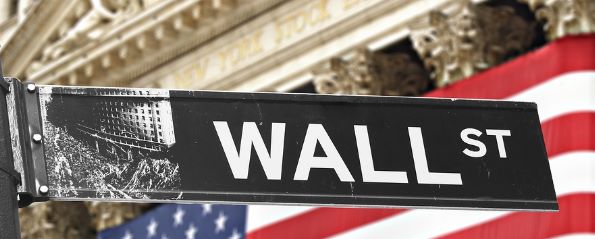Dodd-Frank refers to an extensive and complex piece of financial regulation work that developed after the Great Recession of 2008. This law puts strict regulations and requirements in place throughout the financial industry. After major financial collapses like Lehman Brothers occurred during the Great Recession, the goal of this act is to prevent events like this from happening again.
Basics of Dodd-Frank
The law is aimed broadly at putting regulations on the financial industry. Several of the key events that happened during the Great Recession, such as the shutdown of major financial players and banks, had a serious impact on the country and its citizens. Preventing another collapse with additional oversight and regulation is a crucial component of the Act.
The law went into effect in 2010. It’s named after the sponsors of the legislation, Barney Frank and Christopher J. Dodd. The Act is armed with rules to keep borrowers from abusive lending and mortgage practices by banks, many of which led to the collapse of the housing market.
Creation of the Financial Stability Oversight Council
One of the biggest challenges of the Great Recession related to companies that were seen as “too big to fail” going under or on the brink of doing so. As a result, the Dodd-Frank Act aims to reduce the federal dependence on those banks. This is done by breaking up any companies that are too big to fail and implementing numerous regulations.
- If banks are determined to be too big, regulation from the Federal Reserve could be implemented. When this happens, banks may be required to increase their reserving.
The Financial Stability Oversight Council was created to review and consider the most important issues affecting the financial industry in order to prevent another recession. For example, banks are now required to have “funeral plans” in place in the event that they shutdown and close their doors. The goal of the FSOC is to keep a closer eye on the banking system in order to limit the chances of future taxpayer-funded bailout measures like those that occurred during the Great Recession.
- Reducing the chances of bailouts are a key feature of the new regulations
The council is chaired by the Treasury Secretary and has nine members. These members include the Federal Reserve, the new Consumer Financial Protection Bureau, and the Securities and Exchange Commission. In addition, the council oversees non-bank financial firms, like those that manage hedge funds.
Creation of the Consumer Financial Protection Bureau
This act generated the CFPB in order to protect individual consumers from large unregulated banks. Previously consumer protection responsibilities had existed in government, but under the umbrellas of several different departments and agencies. The National Credit Union Administration, the Department of Housing and Urban Development, and the Federal Trade Commission all had consumer protection aspects being carried out prior to the Great Recession, but Dodd-Frank consolidated all this under the CFPB.
The CFPB works directly with large banks to understand and stop business practices that are not good for consumers, like risky lending. The bureau also gives information to consumers about credit scores and mortgages in addition to manning a 24 hour consumer hotline where individuals can report problems with financial services.
Greater measures are in place to protect consumers from predatory practices, managed by the Consumer Financial Protection Bureau.
The Volcker Rule
This refers to a portion of Dodd-Frank that prohibits banks from investing or sponsoring hedge funds, proprietary trading operations, or private equity funds for their own profit. In order to assist banks with determining what funds are for their profits and what funds are for consumers, these banks were given a two year period to divest their own funds in order to be in compliance with this rule. Banks are allowed to keep any funds that are less than three percent of their revenue, however.
The Volcker Rule allows some trading that is deemed necessary for the bank’s business. As an example, banks are allowed to engage in trading currency to offset existing foreign currency holdings.
Dodd Frank and Derivatives
Credit default swaps are an example of the riskiest type of derivatives. They are now regulated under the SEC or the Commodity Futures Trading Commission. In order to make these safer, a clearinghouse will be set up in order for the trades to be conducted in a public location. Regulators will be responsible for structuring what that clearinghouse looks like, however.
Not all derivatives will fall under this new regulation. Some energy companies, banks, and hedge funds will be exempted from the oversight process.
Federal Insurance Office
Under the Treasury Department, this new office would help to identify insurance companies that pose a risk to the entire financial system. The FIO is also responsible for gathering insurance industry information and ensuring that affordable insurance options are accessible by minorities.







No Comments